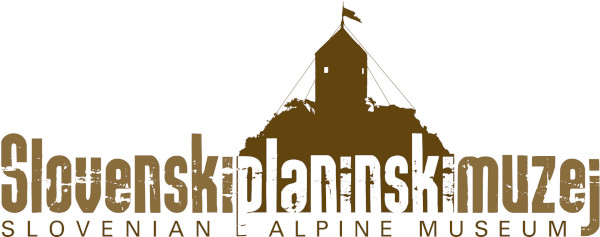As an Alpinist, I Climb Slovenian and Foreign Mountains
An alpinist is a man who searches for troubles, and is happy if he finds and overcomes them.
Alpinism is nothing else but a most intense return of man to Nature … Across the steep and steepest faces climb, boldly and without fear, our young boys and girls … There is no peak, no rock face that our climbers cannot conquer! (Henrik Tuma, 1930)
Alpinism, as an activity that includes climbing, walking and skiing in the mountains, in particular on pathless terrain and without a mountain guide, is the most demanding form of mountaineering. We use the term climbing where a mountaineer is required to use his hands to move. The destination of an alpinist is hardly accessible peaks and impassable rock faces, which he climbs via unprotected routes. The basic climbing skills can be learnt in Alpine Schools, and the descriptions of climbing routes are given in numerous mountaineers’ guides. The alpinist’s first tours should be short and easy, taken in the company of a climbing instructor, and only then an alpinist can venture on a tour alone. For reasons of safety, alpinists should always rope up, climbing with a climbing companion or in a team.
The beginning of European mountaineering dates back to the end of the 15th century, when the climbers first used ropes, wooden pegs, slings, ladders, and ice pitons. Since the end of the 18th century, there have been several people also in Slovenia, who deserve to be called alpinists (Valentin Stanič, France Kadilnik, Julius Kugy, Henrik Tuma, members of the Dren climbing club). Organized forms of modern alpinism started in the inter-war period when climbers set out more demanding climbing routes, following the “where there is a will, there is a way” principle. The most notable achievements of the time were those made by the members of the Turistovski klub Skala (Mountaineering Club Skala). After World War II, mountaineering grew into a sport, which brought about the need to compete with other nations, turning the attention of climbers towards foreign, most demanding peaks and faces, and left the mountains of Slovenia to be used as a training ground, in particular in winter conditions. A series of expeditions followed. Having climbed all 8000-metre peaks of the world, ticked off the top most difficult routes, made a number of second ascents, solo climbs, ice ascents and combined climbing with skiing, Slovenian alpinists have established themselves as one of the best in the world. Since the end of the 1970s, sports and ice climbing have been on the rise as so has extreme ski mountaineering.















